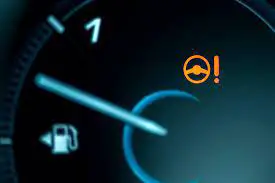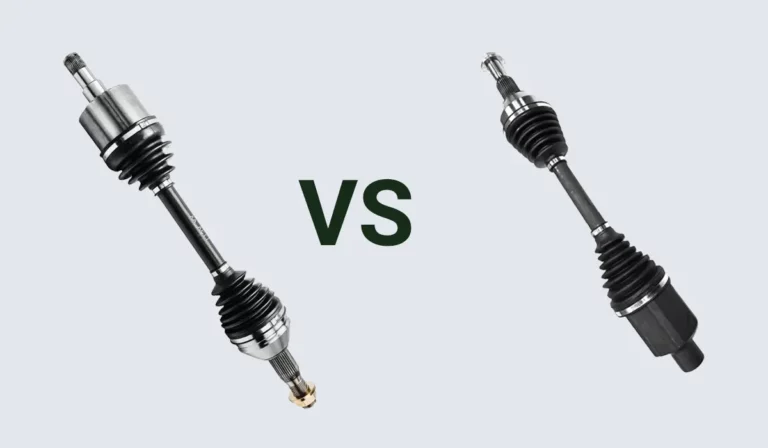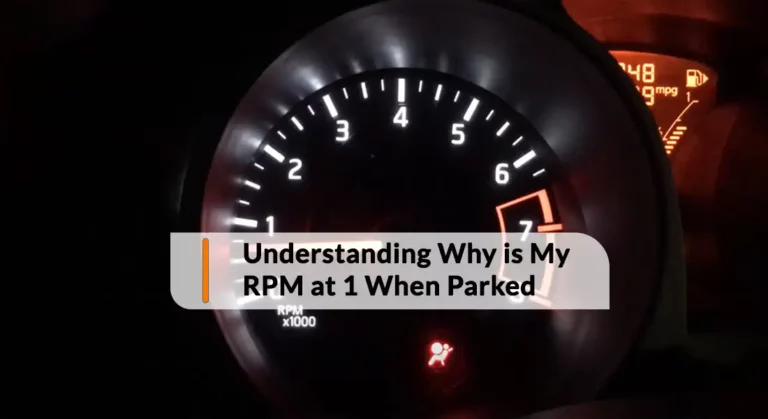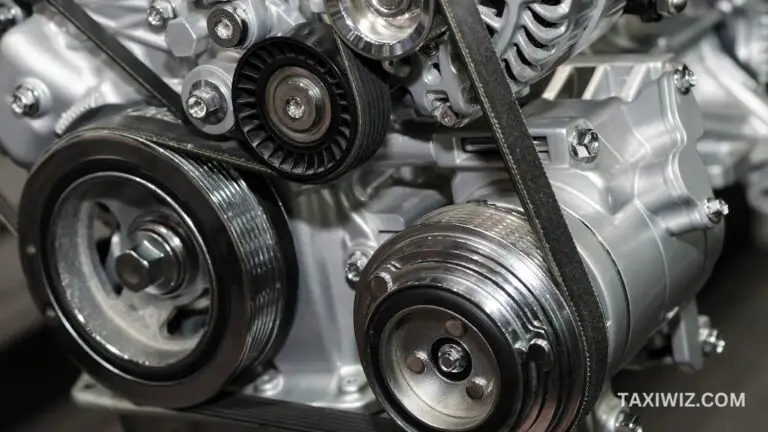EPS (Electric Power Steering) Warning Light On – How To Fix?
The EPS (Electric Power Steering) warning light serves as an important indicator on a vehicle’s dashboard, alerting the driver to potential issues with the power steering system.
When illuminated, this warning light signifies a problem that requires attention, such as an electrical malfunction, low voltage, steering angle sensor fault, power steering system failure, or wiring/connection problems.
Don’t worry as the function of the EPS warning light, potential triggers for its activation, and what to do if it goes on are all covered in this article.
What Does The EPS(Electric Power Steering) Warning Light On Mean?
When your car’s EPS (Electronic Power Steering) light comes on, it means there’s an issue with the power steering. Problems with the power steering pump or fluid, the steering column, or a faulty sensor are all possible causes.

Can You Drive With The EPS Warning Light? Is It Safe
Even while you can keep driving when the Electronic Power Steeringlight is illuminated, you shouldn’t. If the EPS light comes on, it could mean your power steering is failing, and in this situation, you should not drive your car.
Power-assisted steering is a feature of more recent vehicles; it is not seen in vintage cars or older vehicles.
The sole drawback of current cars with malfunctioning PAS is that they are more difficult to steer than older vehicles without PAS. Because of this, maneuvering a car without power steering can be challenging and even dangerous, especially when driving in congested urban areas.
Read Also: All Warning Lights Came On In Car – How to Fix It?
What Causes The EPS Light To Come On? 7 Reasons To Check
The possible causes that trigger the EPS warning light are given below-
1. Power Steering Faulty
Due to wear and tear or stretching, the power steering could fail.When the power steering fails, the steering will make a grinding noise. The power steering system should be checked if you have these issues.
Identifying the defective component in the power steering will require careful inspection of each individual component.
The EPS warning light will go out once the faulty component has been repaired or replaced.
Avoiding risky driving, including barreling over speed bumps, is the only way to stay safe and avoid a broken power steering.
2. Problematic Battery
The electrical power steering system uses energy from the car’s battery. The EPS warning light will turn on if the system is unable to function due to low battery voltage or a failing battery.
If the EPS light does not go out after a few seconds, you should also check the battery.
The battery in your car can die from general use or from electrical problems like short circuits.If the battery is the problem, then changing it will fix the EPS indicator.
3. A Defective Steering Angle Sensor
The EPS system detects the position of the steering wheel via a steering angle sensor. A malfunctioning or defective sensor can activate the EPS warning light.
This sensor may fail due to normal wear and tear, improper wiring, or extreme environmental conditions.It’s also possible to damage it by installing it in the wrong place during maintenance.
A faulty steering angle sensor is difficult to fix and should be replaced instead.
4. Low Power Steering Fluid
The EPS light may turn on if your vehicle has a hydraulic power steering system because of low power steering fluid.
If your vehicle has a hydraulic power steering system, check the power steering fluid level. Inadequate fluid levels can result in inadequate help from the power steering system.
5. Problematic EPS Control Module
The EPS control module coordinates the power steering system. The EPS indicator light may come on if there is a problem with the module.
6. Problem with The Wiring
The EPS warning might also be triggered by faulty wiring. The power steering won’t work if the wires supplying electricity to it are damaged.The corrosion caused by the battery vapors can cause these wires to fail.
The power steering will be underpowered since the wires’ electrical resistance will increase due to the pollutants.
7. Problematic electrical components
Problems with the EPS’s electrical components are a common cause of its warning light flashing. A defective sensor, poor wiring, or a broken electric motor providing auxiliary steering could all be to blame.
Read also: Exploring The Impact Uf EPS On Car Safety & Performance
When The EPS Warning Light Comes On, What Should You Do?
If the warning light comes on it’s best to find a safe place to pull over and find out what’s going on.
It may be more challenging to determine what is wrong if the EPS warning light comes on and there are no fluid levels to monitor.
Battery or alternator problems are a common cause of this problem, therefore it’s important to inspect any battery connections for signs of wear and corrosion.
Most often turning off the car, and letting it sit for a minute usually solves the problem. The vehicle’s system will automatically reboot once you switch it back on. If not, you should get the steering system checked as soon as possible.
Read Also: Will Check Engine Light Come On For Low Oil?
What’s Does The EPS Warning Light Look Like?
The EPS warning light’s precise appearance can change depending on the car model you drive. But typically, a dashboard icon of a steering wheel or a similar symbol serves as the Electronic Power Steeringwarning light. It usually has a bright yellow or orange hue.
The EPS warning light could look like an exclamation point adjacent to a steering wheel outline, or it could just be a plain steering wheel icon.
In addition to the warning light, certain vehicles may additionally show text, such as “EPS” or “Power Steering.”
Remember that the actual symbol can change, so it’s advisable to check your owner’s manual to see how the EPS warning light is depicted in your unique automobile model.

Read Also: Why Is My D Light Blinking? Causes & Solutions
How Much Does It Cost To Repair An EPS System?
How much it will cost to fix your electronic power steering system completely relies on which specific component is broken.
It may cost less than $200 to replace or repair the battery and its connections. Other components of the system are far more costly to fix.
The cost to replace the EPS system’s control module is around $900.
The typical cost to replace the system’s motor is $400 to $600.





